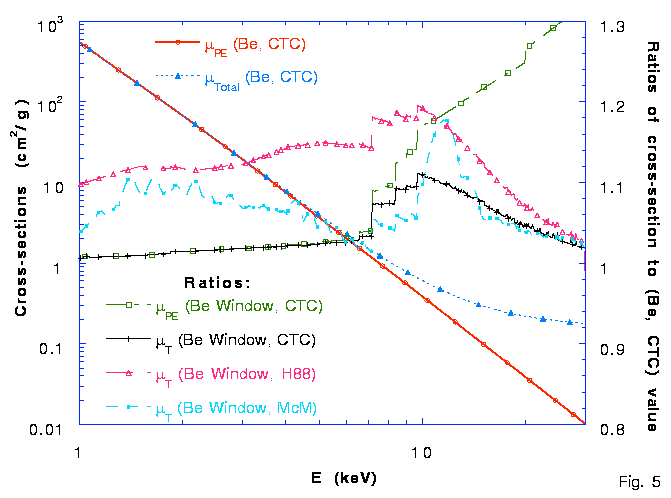 |
|
|
|
|
|
|
Synchrotron Beamline Developments and XAFSWe have developed diagnostics to determine accurate energies, fluxes and detection in bending magnet and insertion device beamlines around the world. We have also developed diagnostics to determine band-wdth and harmonic contamination to extremely high accuracy. This has developed the X-ray Extended Range Technique (XERT) which has in turn achieved the highest accuracy absorption and form factor measurements (0.02% accuracy), the highest accuracy determination (correction) of the powder diffraction lattice standard of Lanthanum Hexaboride, the first determination of the contribution of scattering in an absorption experiment, and the highest accuracy determination of XAFS (on a relative or absolute basis). We use these in various applications of direct interest, including the investigation of relativistic quantum mechanics, the wavefunctions of the electrons in the atom (or solid) and solid state structural determination by XAFS, XANES and other techniques.X-ray Absorption Fine Structure (XAFS) is a complex structure seen in the absorption coefficient just above the absorption edge, where an incoming X-ray has enough energy to ionise an electron from a particular bound state. The oscillations seen are particularly due to an interference effect between the emitted photoelectron and its own reflected wave. This signature allows many investigations of local structural information for crystallographers, chemists, medical scientists and mining / engineering investigations. Some third or more of Australian synchrotron research uses XAFS (and the related technique called XANES) to indentify band distances, chemical valence, nearest neighbour coordination and geometry, and local structure. Our new experimental techniques allow XAFS determination with an accuracy increased by up to two orders of magnitude, which in turn challenges all available theory and modelling. Our analytical work puts these discrepancies on a firm foundation, and our theoretical development holds promise to develop new tools and methods of insightful analysis. This topic of investigation is wide-ranging and links to the development of specific analytical systems and spectrometers. It also links to diffraction / attenuation investigations and form factor studies.
|
|
||||||||||||||||||||||||||||||||||
|
Home | Available Facilities | Research Topics | What we do | Links to other resources | Contacts | SiteMap Last Updated:
March-2006, Page Maintained by Associate Professor
Chris Chantler |
||||||||||||||||||||||||||||||||||||
